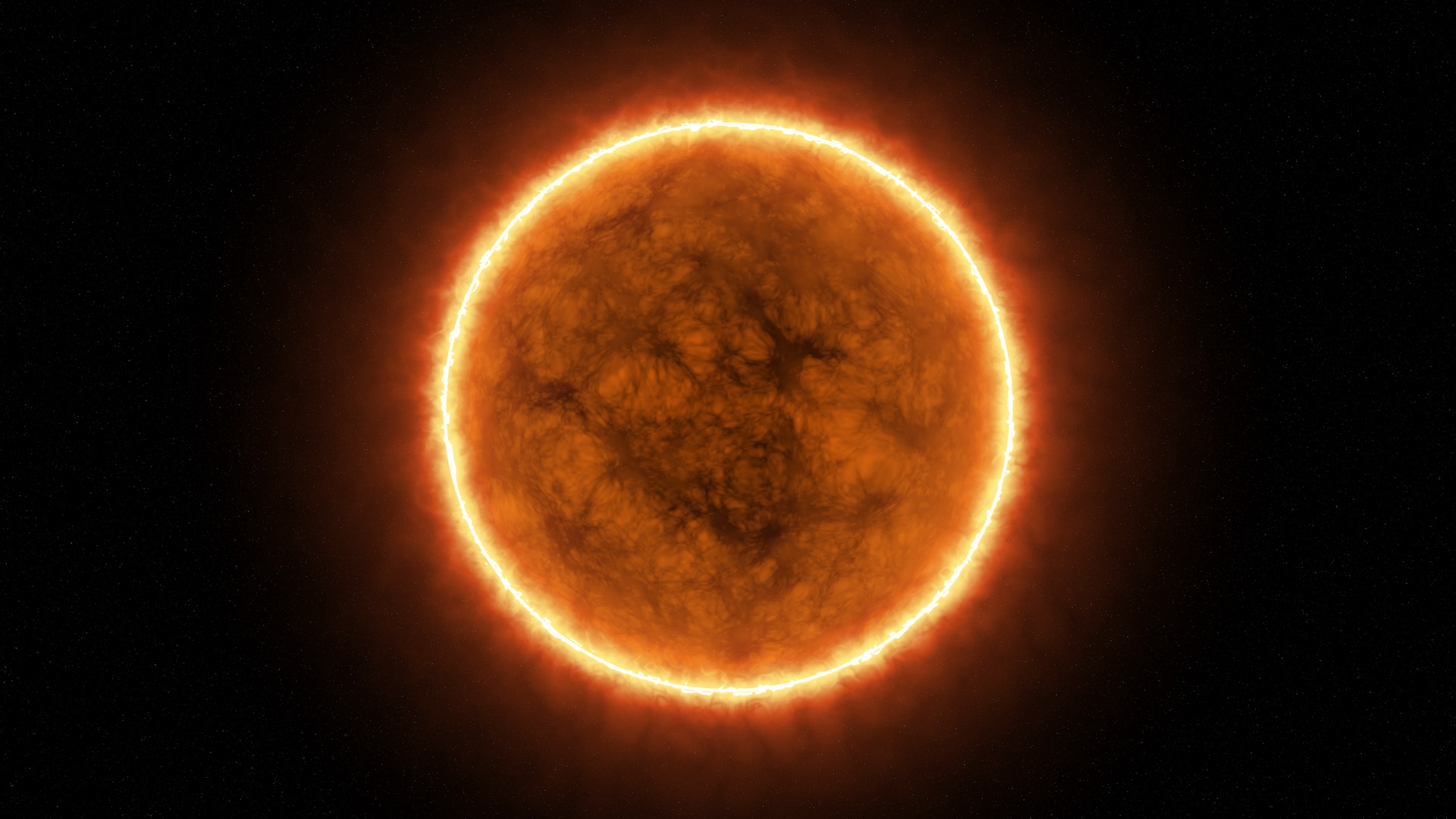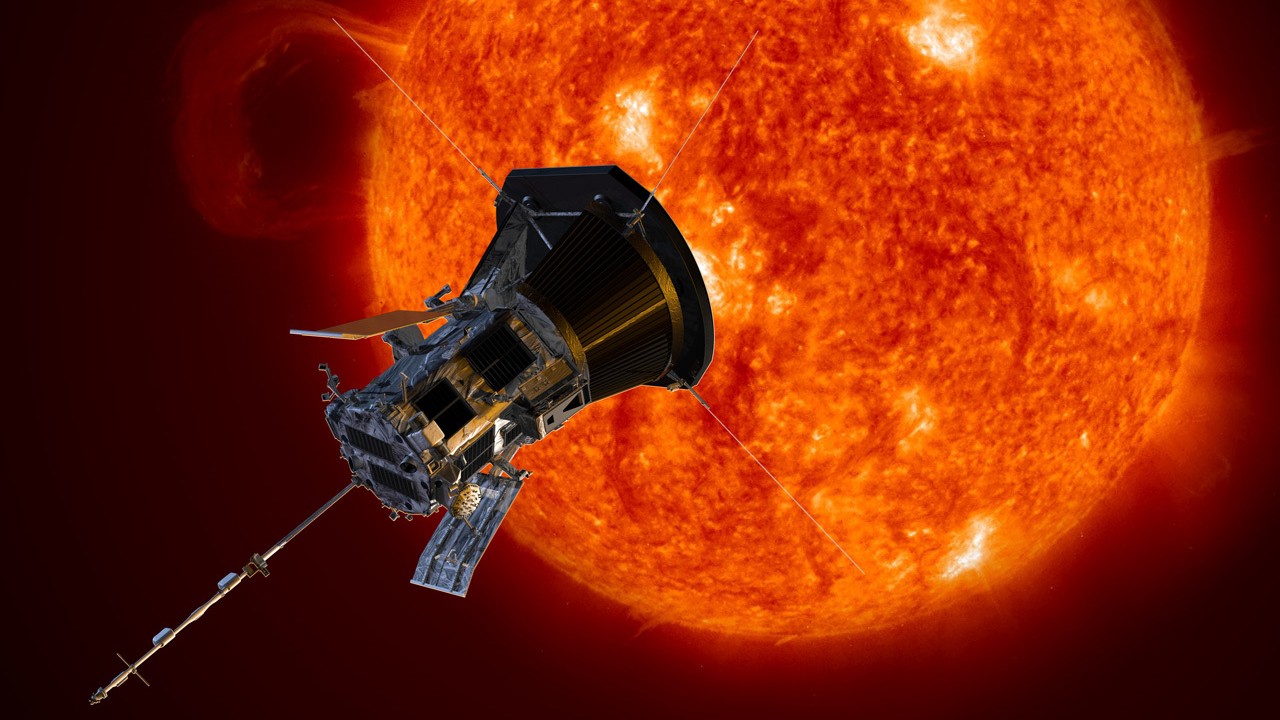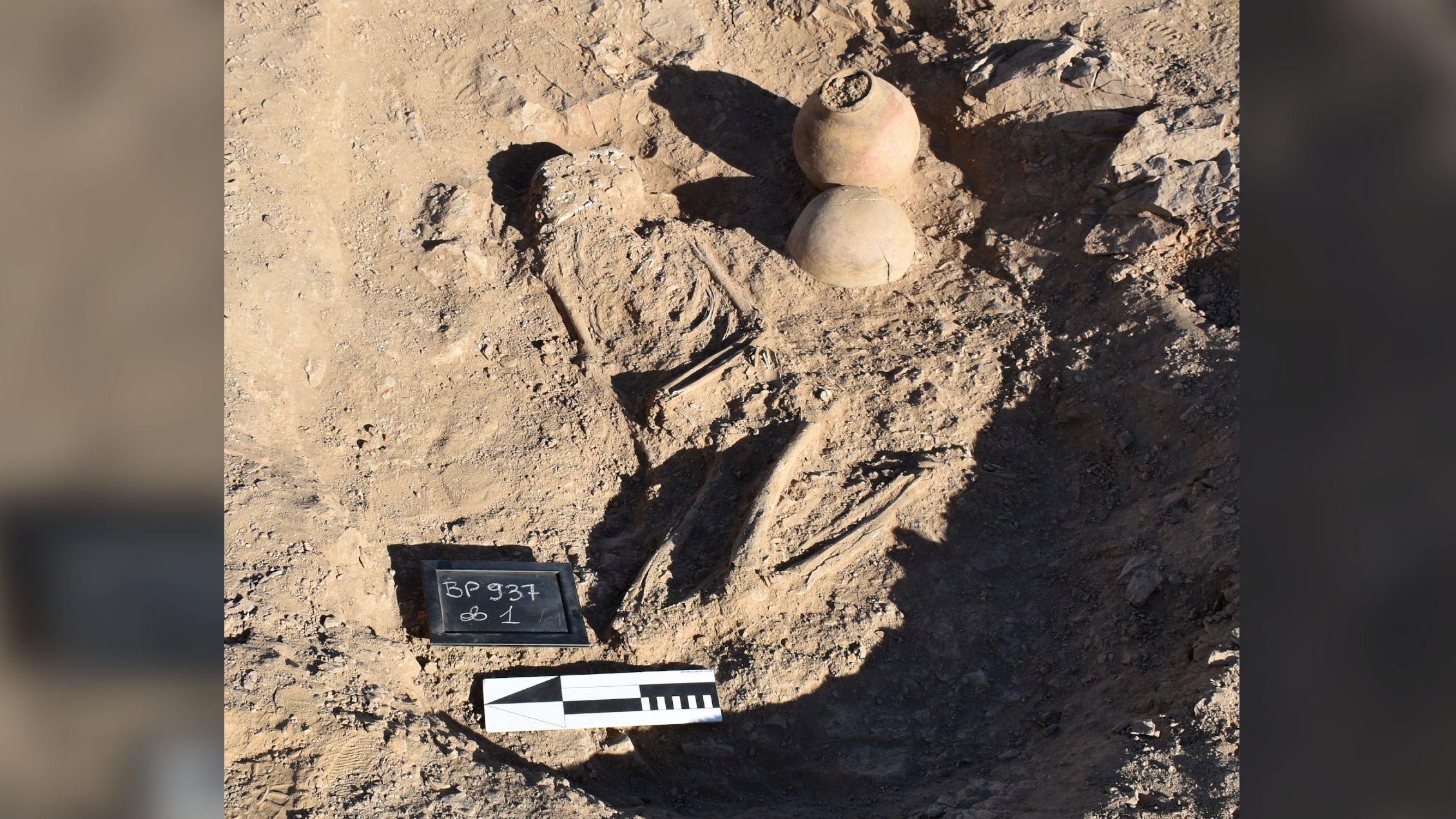The sun: Facts about the bright star at the center of the solar system
Discover interesting facts about the sun, the solar system's central star that supports all life on Earth.

How big it is: 865,000 miles (1.392 million kilometers) across
How far away it is: 93 million miles (150 million km)
What type of star it is: A yellow dwarf star
The sun is the star at the center of our solar system. It's the largest, brightest and most massive object in the solar system, and it provides the light and heat that life on Earth depends on. Powered by a process called nuclear fusion, the sun can get hotter than 27 million degrees Fahrenheit (15 million degrees Celsius). The sun has been around for over 4 billion years, but one day, it will run out of fuel. Read on to learn more about what our local star is made of, how it formed and what will happen when it dies.
5 fast facts about the sun
- Over 1 million Earths could fit inside the sun.
- The sun may look yellow from Earth, but it actually releases every color of light, meaning its true color is white.
- The sun is unique in that it's the only star in our solar system. Up to 85% of stars have at least one companion star.
- The sun contains over 99% of the mass of our entire solar system.
- Like Earth, the sun also rotates on its axis. Each rotation takes about 27 Earth days.
Everything you need to know about the sun
What is the sun made of?
The sun is a ball of gas and plasma made mostly of hydrogen. The sun uses these vast stores of hydrogen to generate the heat and light that sustain our planet. It does this through a process called nuclear fusion, in which two hydrogen atoms combine to create a different element, helium. The sun is about three-quarters hydrogen and one-quarter helium, with tiny amounts of metals.
The larger a star is, the more rapidly it burns through its hydrogen. Some of the largest known stars — such as those with masses 40 times that of the sun — will live just 1 million years. By contrast, the sun will have a lifetime of around 10 billion years.
How hot is the sun?
Different parts of the sun reach different temperatures. The sun's core gets as hot as 27 million F (15 million C). The part of the sun we can see from Earth is called the photosphere, which is the "surface" of the huge ball of plasma. The temperature of the photosphere is about 9,900 F (5,500 C).
Above the photosphere is the loose outer atmosphere of the sun, known as the corona. We can't see the corona from Earth under ordinary conditions, though it can be photographed during a total solar eclipse.

How did the sun form?
The sun formed around 4.5 billion years ago. At that time, the area of the Milky Way galaxy that would become the solar system was a dense cloud of gas — the leftovers of an earlier generation of stars. The densest region of this cloud collapsed and created a seed, called a protostar, that would become the sun. As this young protostar grew, planets, moons and asteroids formed from the remaining raw material, and then began circling around the growing sun as they were sucked into orbit by the star's powerful gravity.
At the heart of the sun, this same force sparked nuclear fusion. The heat and light from this nuclear reaction allowed life on Earth to evolve and prosper. However, this reaction will eventually lead to the sun's death when it runs out of nuclear fuel.
When will the sun die?
The sun is around halfway through its lifetime. Our star is locked in a constant battle as outward pressure from nuclear fusion fights the inward pull of gravity. When the sun runs out of hydrogen in about 5 billion years, the inward force of gravity will win.
The center of the sun will collapse, compressing into a dense core. Helium will start fusing into even denser elements, like carbon, nitrogen and oxygen. While this happens, the heat generated by the fusing of these elements will push the sun's outer shell to swell. This will be bad news for the inner planets of the solar system — including Earth.
As the sun becomes a type of star called a red giant, its outer shell will expand to the orbit of Mars, gobbling up Mercury, Venus, Earth and Mars. But the red-giant phase is not when the sun will die.
The outer layers that swell during the red-giant phase will become a shell of gas called a surrounding planetary nebula. This shell will be shed after approximately 1 billion years. This will expose the star's smoldering core, which, by this point, will be a dense ball called a white dwarf.
As a white dwarf, the sun will dim. The material from the planetary nebula will spread out into the galaxy and form the building blocks of the next generation of stars and planets.
The sun pictures

Missions to the sun
Space agencies have launched many spacecraft that help us observe and gather data about the sun. Pictured here is an artist's concept of the sun being observed by NASA's Parker Solar Probe.

Our sun's future
The red giant star Camelopardalis. The sun will eventually become a red giant, and as it expands, it will engulf its nearest planets, including Earth.

Sunspots
Sunspots are darker, cooler areas that temporarily appear on the sun. They're caused by changes in the sun's magnetic field.

Solar storms
Solar storms happen when the sun releases flares of energy and particles.

Auroras
Auroras on Earth happen when charged particles from the sun interact with our planet's atmosphere.
Discover more about the sun
- Is Earth getting closer to the sun, or farther away?
- Where on Earth does the sun rise first?
- What color is the sun?
Get the world’s most fascinating discoveries delivered straight to your inbox.

Marilyn Perkins is the content manager at Live Science. She is a science writer and illustrator based in Los Angeles, California. She received her master’s degree in science writing from Johns Hopkins and her bachelor's degree in neuroscience from Pomona College. Her work has been featured in publications including New Scientist, the Johns Hopkins Bloomberg School of Public Health magazine and Penn Today, and she was the recipient of the 2024 National Association of Science Writers Excellence in Institutional Writing Award, short-form category.
You must confirm your public display name before commenting
Please logout and then login again, you will then be prompted to enter your display name.
